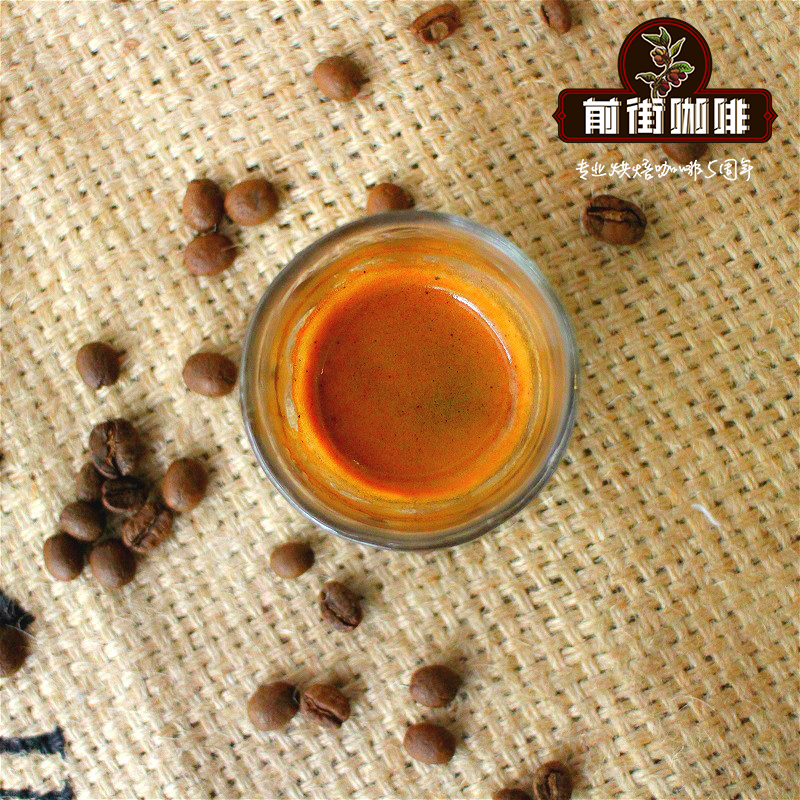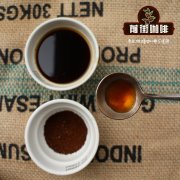El Salvador Himalayan Manor Mambo No. 5 Sun-tanned Coffee good? Himalayan Manor introduction

Professional coffee knowledge exchange more coffee bean information please follow the coffee workshop (Wechat official account cafe_style)
Over the past 20 years, baristas in producing areas have gradually looked up, and direct contact with coffee producing areas has become an inevitable trend to achieve better boutique flavor. Alejandro Mendez, winner of the 2011 World Barista Competition.
Is the first to become the world champion barista in the producing area. Sasa Sastic, winner of the 2015 World Barista Competition, developed raw bean processing experiments in many producing areas as a coffee raw bean merchant.
El Salvador is the country where Sasa has conducted the largest production area bidding in recent years under his own brand, Project of Origin (Project Origin). Under this model, many beautiful flavors are also collected, which makes coffee people flock to it. In 2018, Sakatani challenged the Japanese barista contest in Japan and entered the finals by using this brand of coffee beans in El Salvador.
The ultimate coffee Mr. Pomatani offered to iDrip this time also comes from the Himalayas, a joint venture of Project Origin, which is famous for its sun-tanned coffee and its pure coffee quality.
All coffee is picked on the same day and placed in an African scaffolding to form a layer of coffee cherries about 30 centimeters thick. Coffee is transferred every 24 hours in the first three days to reduce overfermentation. As the water content of coffee cherries decreases, the pulp becomes thinner to increase transparency. Once the moisture is reduced to 16%, the coffee is moved to a cool, dark storage area for seven days to stabilize the sugar. Finally, move the coffee to the African bed for another seven days, or until the water content of the beans is 12%. After four weeks, you can get the finished coffee.
Under this treatment, the flavor of sun-cured coffee can be maintained, and at the same time, it can drink the acidity and sweetness of the coffee itself. It is indeed a good bean. It has the flavor of blueberry, pineapple, mango and red wine with a clear and strong style.
END
Important Notice :
前街咖啡 FrontStreet Coffee has moved to new addredd:
FrontStreet Coffee Address: 315,Donghua East Road,GuangZhou
Tel:020 38364473
- Prev

Yega Xuefei Wuli processing Plant what are the customized batches of coffee beans made by Wu Zelin
Professional coffee knowledge exchange more coffee bean information please follow the coffee workshop (Wechat official account cafe_style) Waka. The Wuli processing plant is located in what can be said to be the quintessence of the generalized Yega Sherphine area, that is, the Gedeb area (if it is classified according to the producing area of ECX, it belongs to Cochelle Kochere). Gedeb is located in the southeast corner of Yega Schiffe, from the town of Yejia Sherphine.
- Next

Flavor characteristics of washed coffee beans in Neri, Kenya-recommended for Kenyan coffee with a refreshing taste
For more information on coffee beans, please follow the Coffee Workshop (Wechat official account cafe_style) Kenya is one of the best boutique coffee producing areas in the world. AA Kenya is the highest grade coffee recognized by experienced roasters and consumers. Kenya AA Nyeri comes from a major growing area, but it is composed of many.
Related
- Detailed explanation of Jadeite planting Land in Panamanian Jadeite Manor introduction to the grading system of Jadeite competitive bidding, Red bid, Green bid and Rose Summer
- Story of Coffee planting in Brenka region of Costa Rica Stonehenge Manor anaerobic heavy honey treatment of flavor mouth
- What's on the barrel of Blue Mountain Coffee beans?
- Can American coffee also pull flowers? How to use hot American style to pull out a good-looking pattern?
- Can you make a cold extract with coffee beans? What is the right proportion for cold-extracted coffee formula?
- Indonesian PWN Gold Mandrine Coffee Origin Features Flavor How to Chong? Mandolin coffee is American.
- A brief introduction to the flavor characteristics of Brazilian yellow bourbon coffee beans
- What is the effect of different water quality on the flavor of cold-extracted coffee? What kind of water is best for brewing coffee?
- Why do you think of Rose Summer whenever you mention Panamanian coffee?
- Introduction to the characteristics of authentic blue mountain coffee bean producing areas? What is the CIB Coffee Authority in Jamaica?

